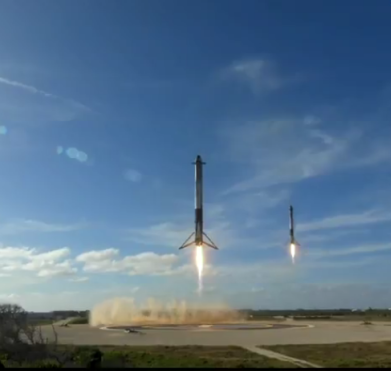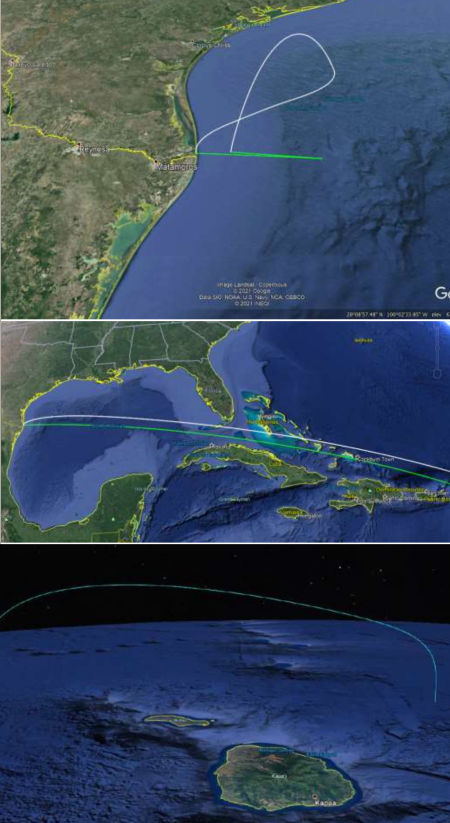Virgin Galactic finally makes manned flight from New Mexico
Capitalism in space: More than a decade later than initially promised, Virgin Galactic today finally made its first successful manned flight from Spaceport America in New Mexico.
The flight apparently reached 55 miles altitude before returning to Earth.
This was the first flight of VSS Unity since December 12, 2020, when the flight was aborted just one second after separating from its carrier airplane, WhiteKnightTwo, when a computer disconnected unexpectedly. Further delays followed:
The problems didn’t stop there, as in early May, a new issue crept up as a post-flight inspection of VMS Eve called for further engineering analysis to assess a known problem in the tail of the vehicle which was to be addressed during the next scheduled maintenance period. The company says that they have completed the analysis and determined that the structures are healthy and cleared Eve for flight.
Their plans are to do one more test flight, and then a “commercial” flight carrying company founder Richard Branson. Following that they will begin selling and flying tourists.
It appears however that they will have lost the race to fly the first suborbital tourist in space, as it appears that Blue Origin’s July 20th commercial flight will happen first.
Capitalism in space: More than a decade later than initially promised, Virgin Galactic today finally made its first successful manned flight from Spaceport America in New Mexico.
The flight apparently reached 55 miles altitude before returning to Earth.
This was the first flight of VSS Unity since December 12, 2020, when the flight was aborted just one second after separating from its carrier airplane, WhiteKnightTwo, when a computer disconnected unexpectedly. Further delays followed:
The problems didn’t stop there, as in early May, a new issue crept up as a post-flight inspection of VMS Eve called for further engineering analysis to assess a known problem in the tail of the vehicle which was to be addressed during the next scheduled maintenance period. The company says that they have completed the analysis and determined that the structures are healthy and cleared Eve for flight.
Their plans are to do one more test flight, and then a “commercial” flight carrying company founder Richard Branson. Following that they will begin selling and flying tourists.
It appears however that they will have lost the race to fly the first suborbital tourist in space, as it appears that Blue Origin’s July 20th commercial flight will happen first.



